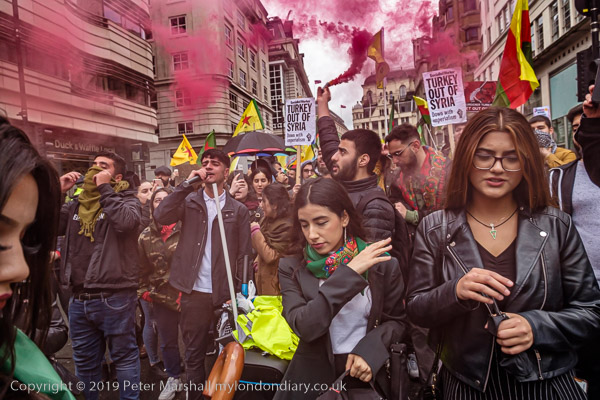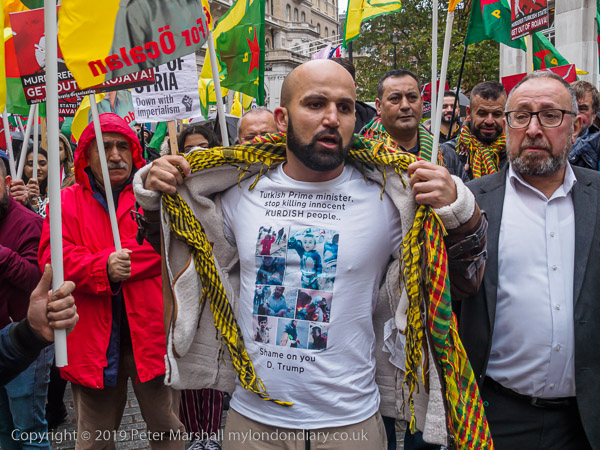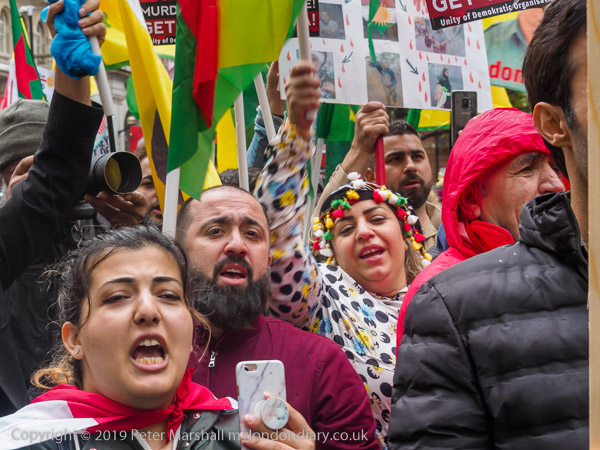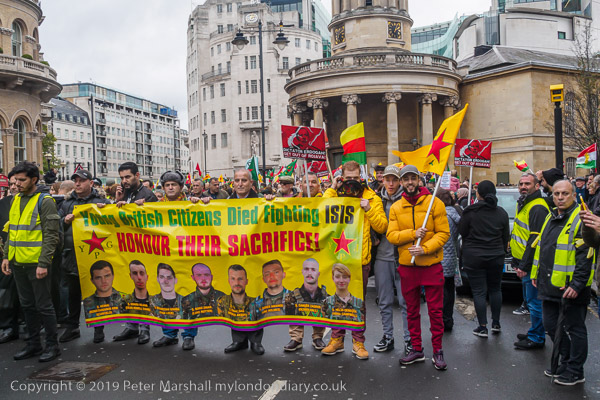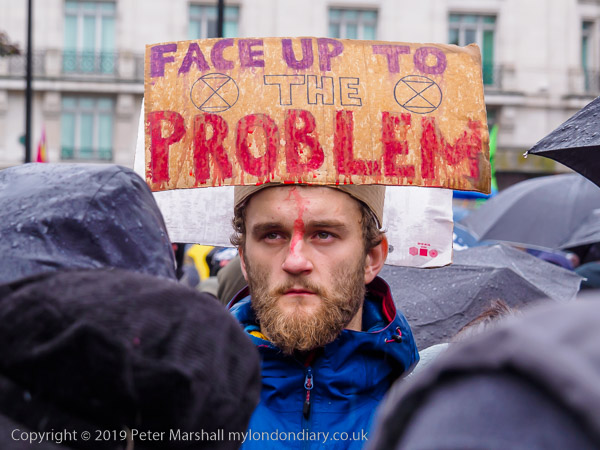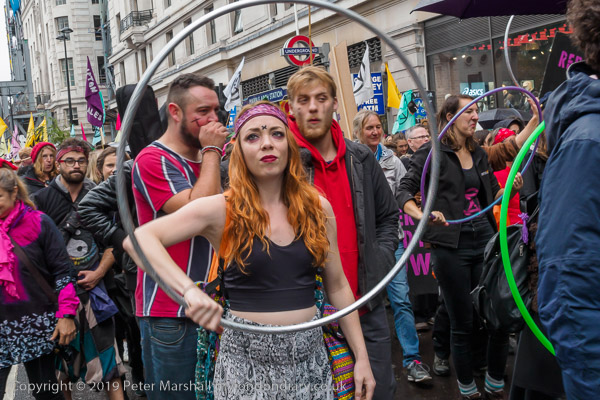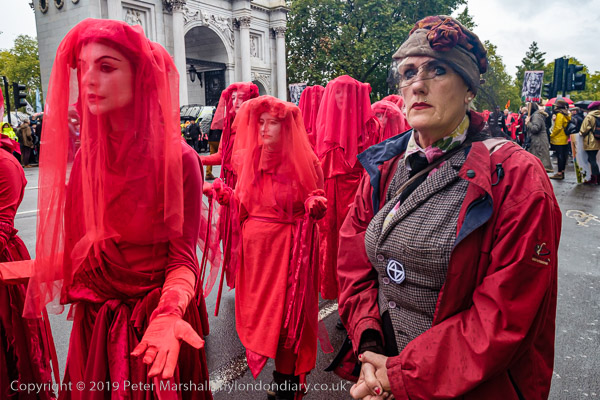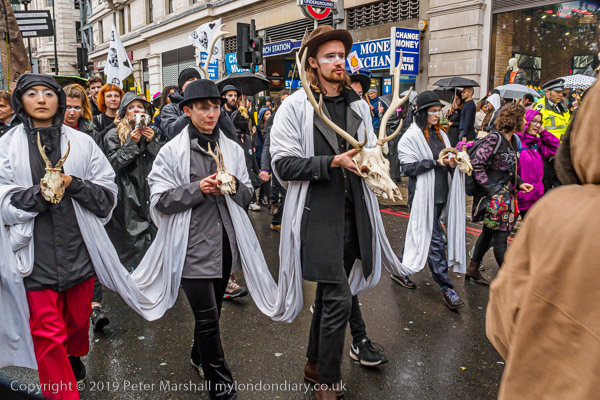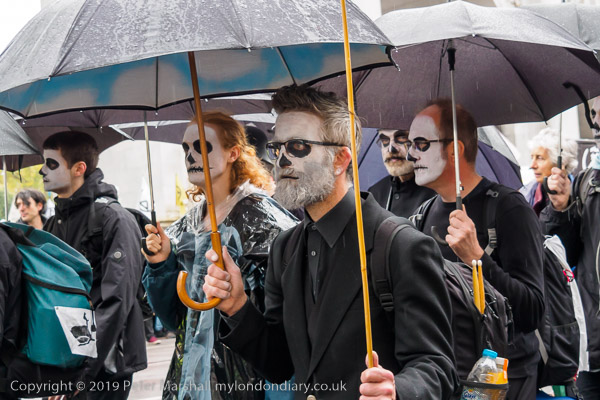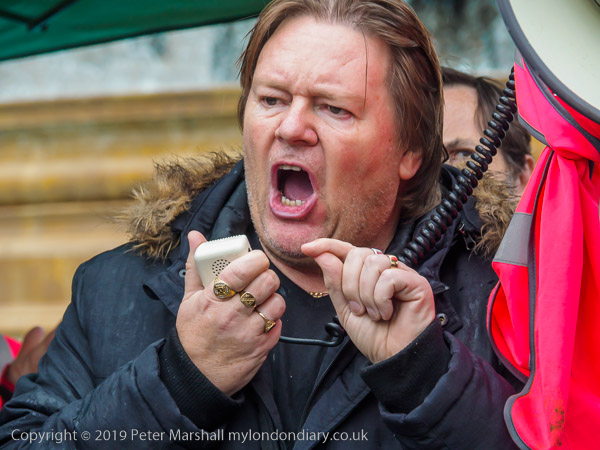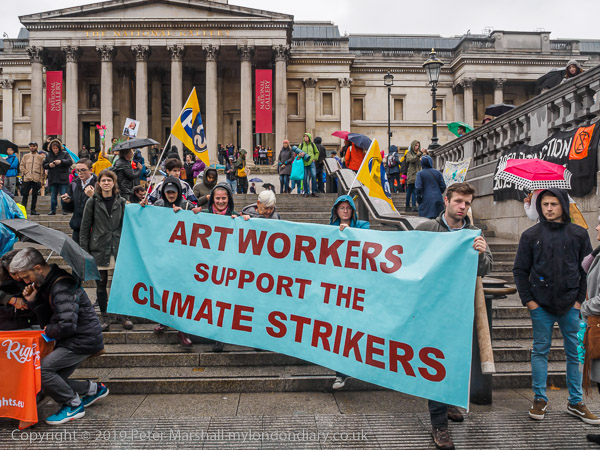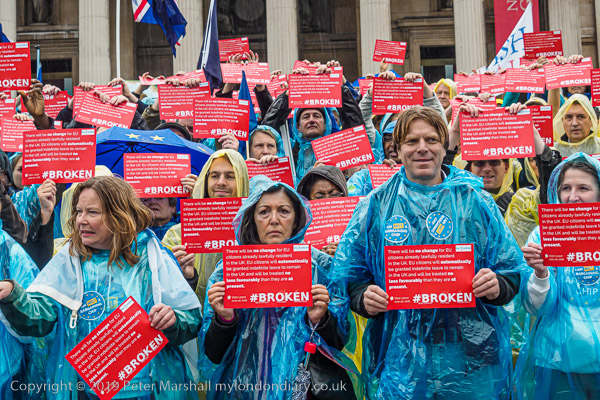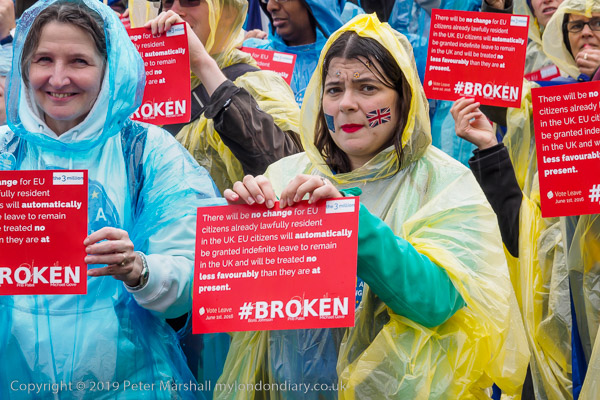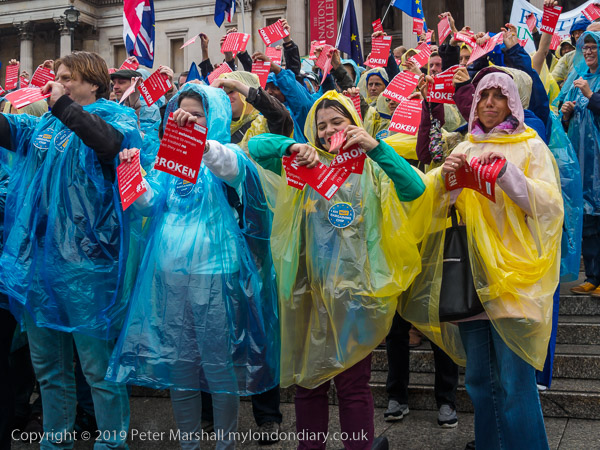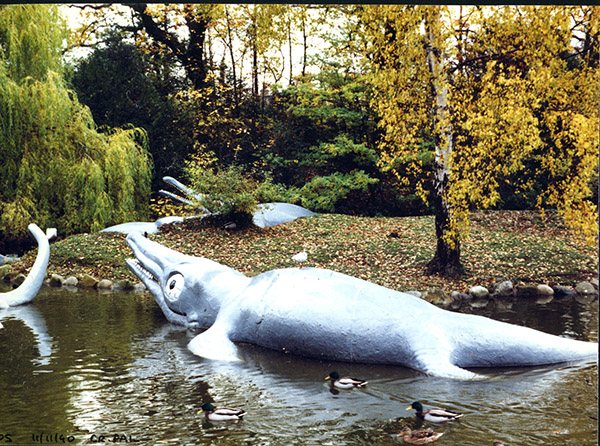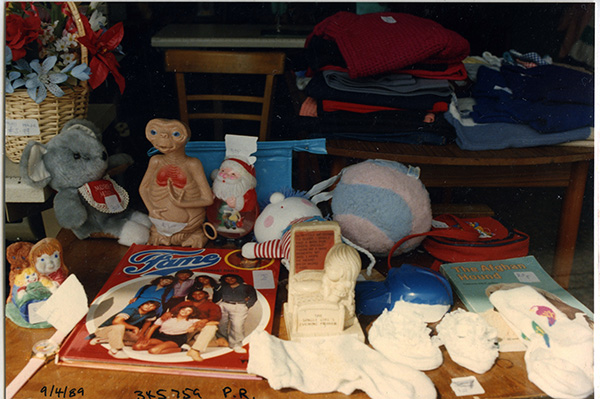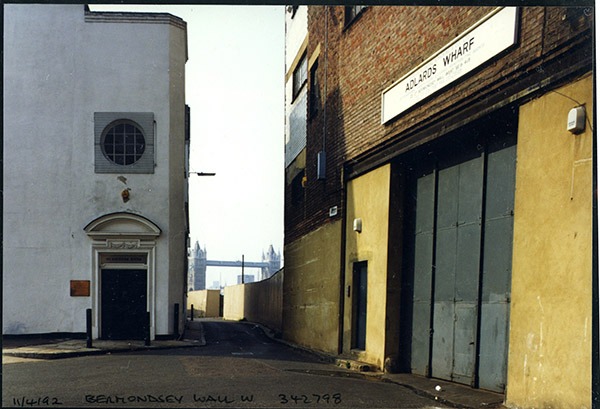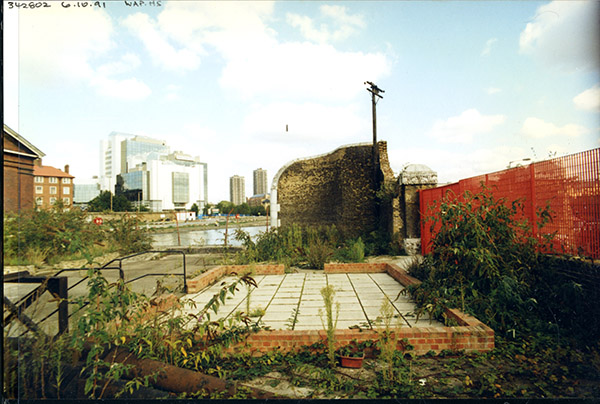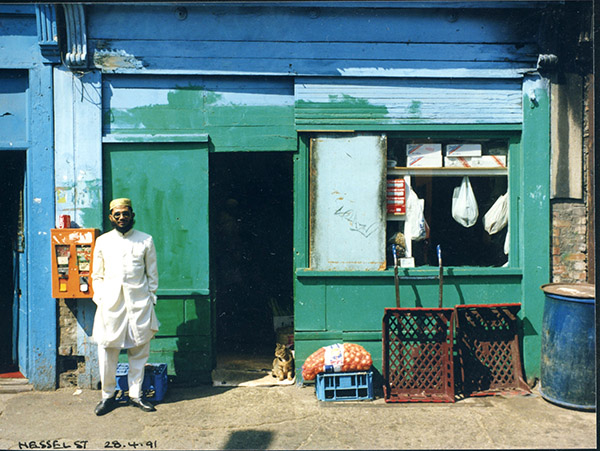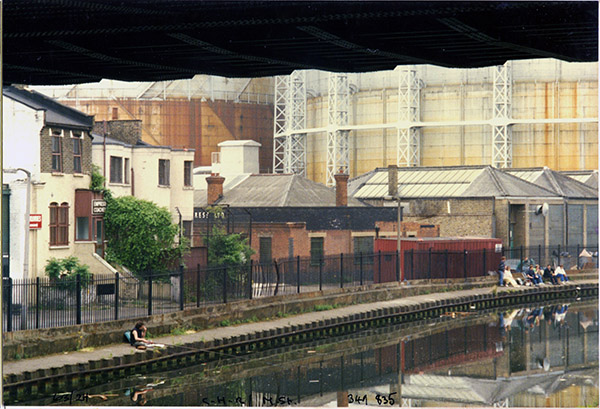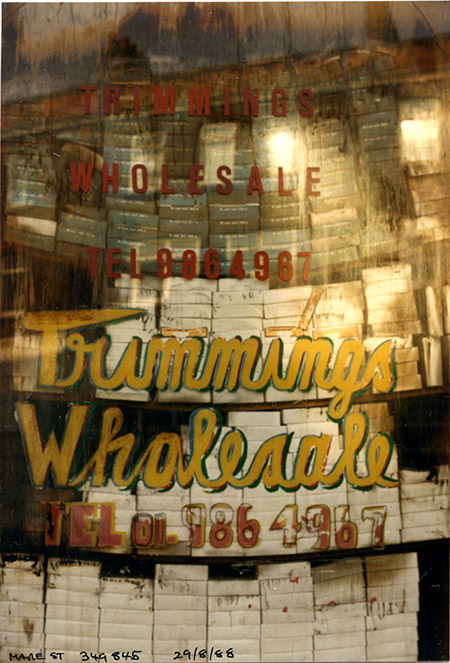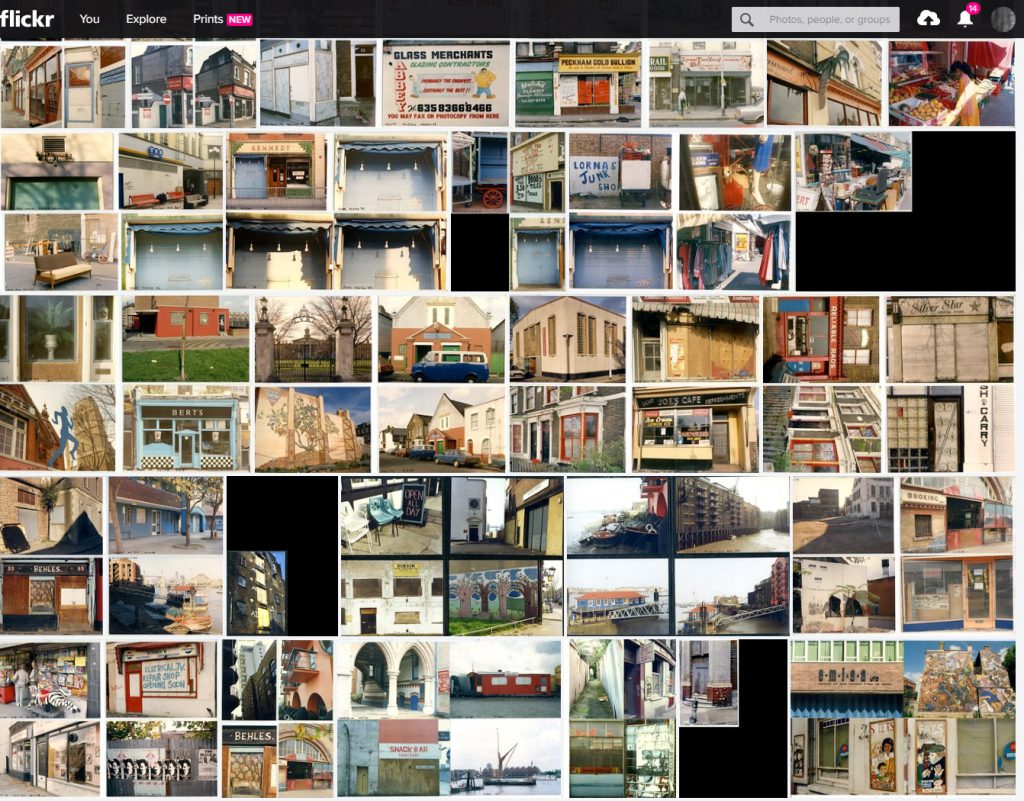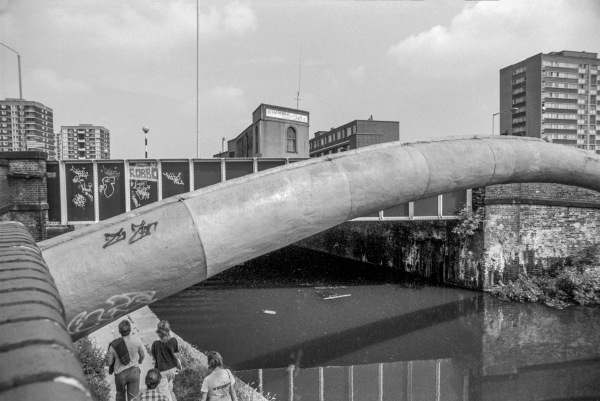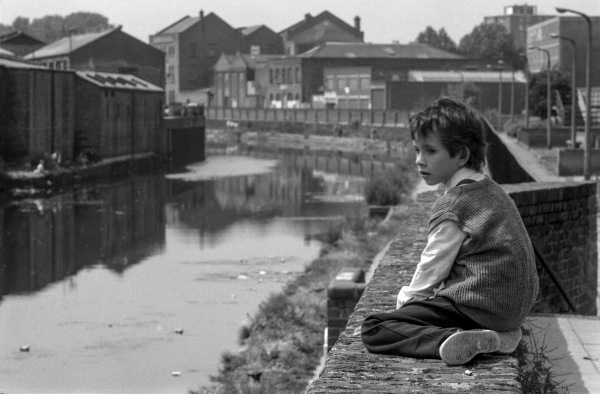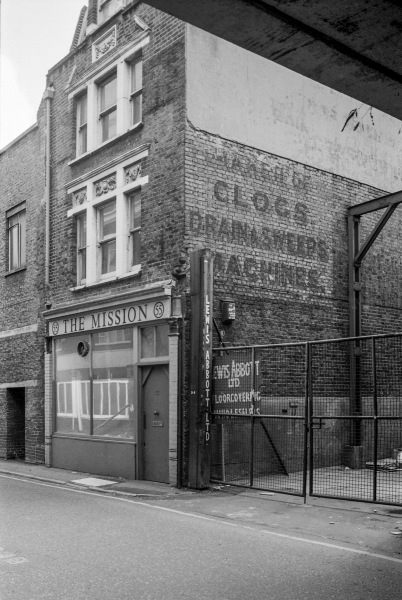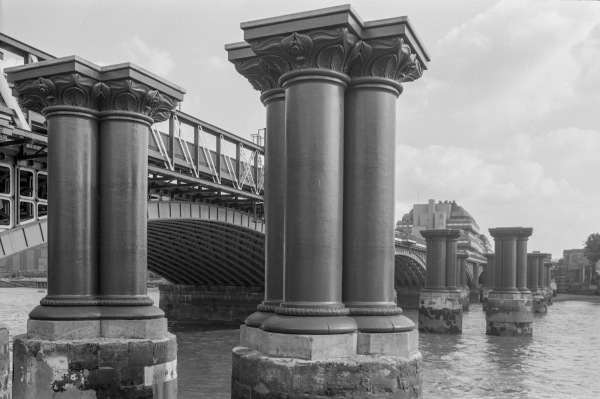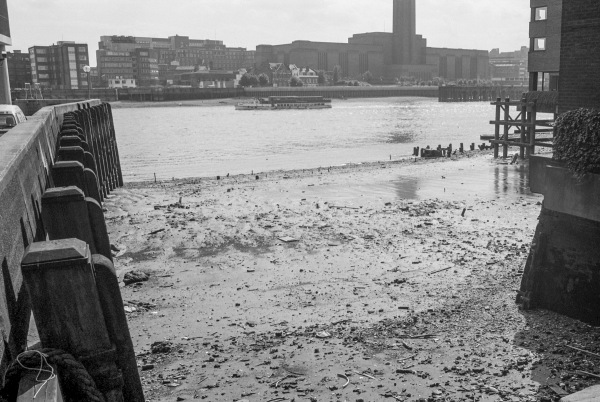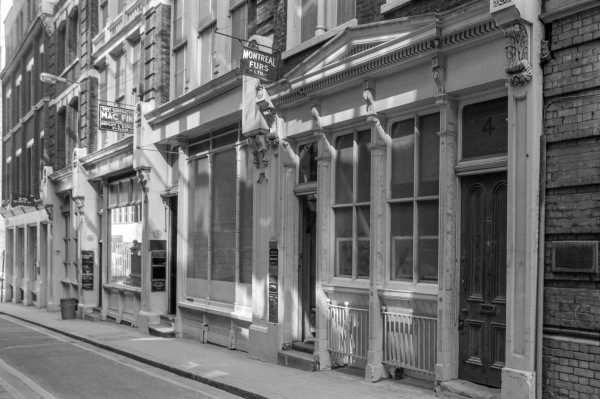Two photographers (at least) made extensive documentary studies of blocks of low-income housing in New York in the 1960s. One of them you are probably familiar with, Bruce Davidson’s ‘East 100th Street’, exhibited at the Museum of Modern Art and published by Harvard University Press in 1970 and now featured on the Magnum web site.
The other you may well be unaware of. New York photographer and journalist Herb Goro (1937-2019) lived for over a year in the East Bronx around 1966 working on a project about which he wrote:
The Block I have chosen is within fifty-five square blocks designated as one of the city’s worst health areas. It’s population is approximately 50’000 with 48 percent Negro, 48% Puerto Rican and 4% elderly white. This section has a significantly high infant mortality rate (29 deaths per 1’000), a tuberculosis rate three times higher than the city average, and a significantly high venereal disease rate. As high crime area it ranks among the worst in New York City.
The Block by Herb Goro, its subtitle ‘Human Destruction in New York City‘ was published in 1970 by Random House. As well as his pictures it contained “slightly edited transcripts” of the tape recordings that he made with the people who lived there, as well as a block worker, a landlord, policemen and Sanitation Department employees who worked in the area.
You can get a good impression of the book in a post made in 2008 on the Artcoup blog, which has half a dozen double page spreads, and on Google Books from the book Mag Men: Fifty Years of Making Magazines. Another of his stories, ‘The Old Man in the Bronx‘ is reproduced from the 1972 New York Magazine (the fifth result featured) and a 2014 blog from Oi Polloi, Through The Magpie Eye: The Block By Herb Goro has a good set of reproductions as well as text and some comments worth reading. Someone did buy the film rights to the book but I don’t think a film was ever made.
One of the comments on the Oi Polloi blog comes from someone whose family featured in the book, some of whom went to the Supreme Court seeking a permanent injunction and damages against publishing their “pictures, names or biographical accounts of their lives, or purported first person narratives“. Goro had releases from some of those in the pictures (and had paid them adequately) but had been unable to obtain them from others, and some he had paid disputed what they had been paid for.
The court denied the motion for a temporary injunction and commented “What appears to be really sought here is money damages.” You can read more details here.
You may be lucky and find a cheap copy of ‘The Block‘ and I almost bought one on the web for £2.91, but just before I clicked found the postage was over £30 and I decided against it.
The two photographers methods were very different, and their pictures make an interesting comparision. Though Davidson’s was in some ways an exemplary and highly admirable documentary project, Goro’s are far more visceral and apparently truer to life.
I got the urge to find out more about Goro after reading the repost by A D Coleman of the review of Bruce Davidson’s “East 100th Street” which he wrote for the New York Times, first published on October 11, 1970.It remains well worth reading and was among the first to broach in a national platform the issues around “the power dynamic inherent in the act of representation, and the difference between representation created from within a given community and representation produced by an outside observer — the politics of insider vs. outsider representation, and the ramifications thereof” as they relate to photography.
In the comments Coleman clarifies the position that he took in the review which have often either been misunderstood or ignored.
At the time of first publication he suggested to the New York Times that they should publish a second review by someone from the LatinX community along with his, and ‘But Where Is Our Soul’ by Philip Dante, son of Puerto RIcan immigrants and some-time assistant to Gene Smith, appeared alongside his. Although I’m not a subscriber to the NYT, I was able to access this, a damning critique of Davidsons approach – “Davidson’s one-sided preoccupation with the vile is a damaging oversimplification.”
Dante concludes:
The work will doubtlessly be praised and applauded by photography’s esoteric circles, but it would be ironic and unfortunate for a photographer who has produced such commendable achievements in the past to be lifted into a state of eminence by an accomplishment so devoid of feeling. “East 100th Street” is an essay so contrived and demeaning that it can in no way endure as an art—unless it is the function of art to desecrate.
I wonder what Dante made of ‘The Block’.
